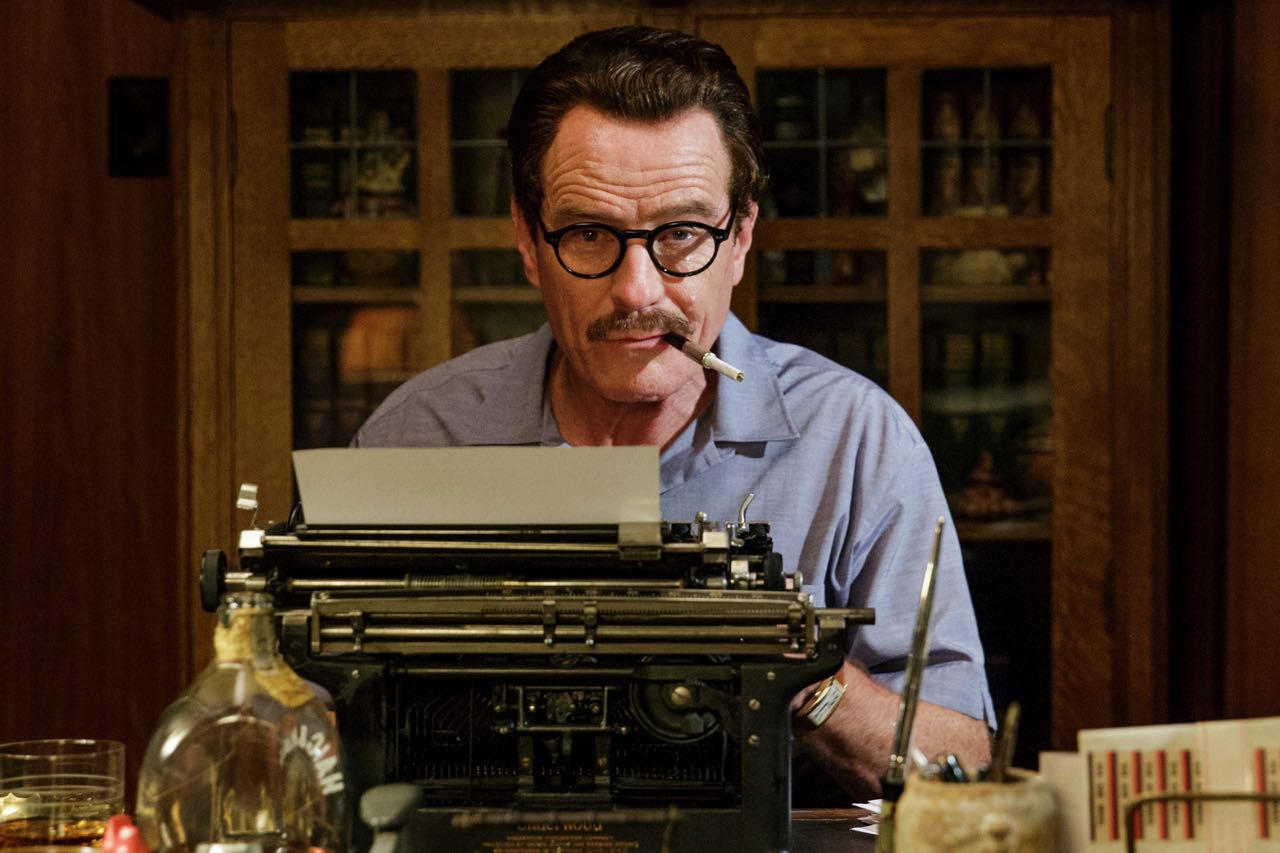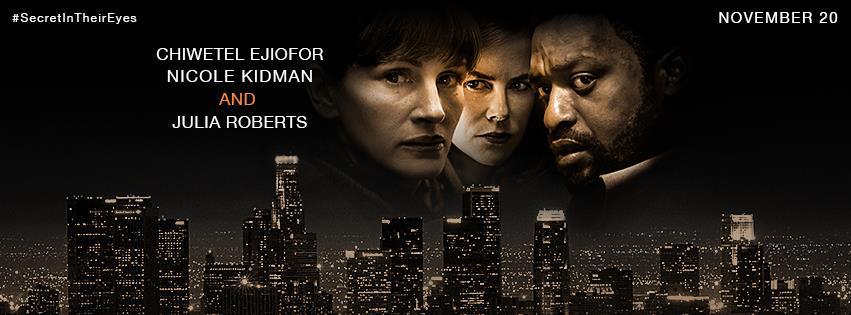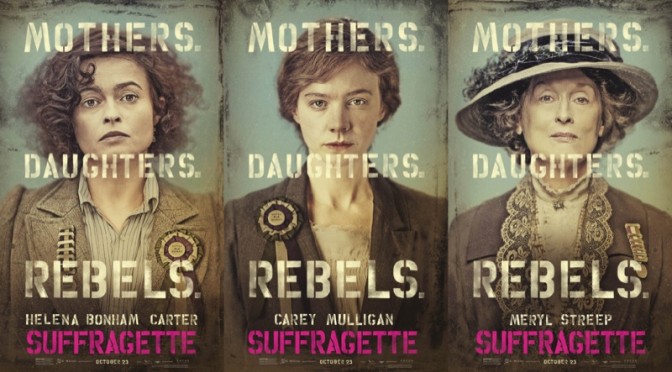Interview: “Shaun the Sheep” Co-Writer/Director Richard Starzak
Posted on November 23, 2015 at 3:51 pm

Richard Starzak and Mark Burton wrote and directed the adorable “Shaun the Sheep,” and it was a lot of fun to talk to him about making a stop-motion animation movie with no words. The DVD/Blu-Ray, which will be available November 24, 2015, has a behind-the-scenes featurette showing Starzak and Burton acting out some of the movements for the animators “to get the timing right for comedy” and working with actor Justin Fletcher on recording some of the non-verbal sounds. The idea of having the mouths of the sheep go off to the side of their snouts came from one of the storyboard artists “just to indicate that the character was smiling and we thought it was funny so we kept it there. Some people think it looks very strange and some people kind of don’t worry about it.”
The vehicles in the film are as individual as the human and animal characters. “We tried to give everything a bit of personality.”
It is a painstaking, very slow process to move each of the characters very slightly, take a picture, and then move it again. “We aim for about two seconds per animator a day so in a week we’re expected to do about ten seconds on average. That’s times sixteen animators so it would be two or three minutes of animation during the week…We use mainly the live action video to time how long we need for any particular shot. It’s a bit of jigsaw puzzle. You have to fit the film into a certain amount of time but it’s kind of trial and error. We shoot and then we might adjust them after we have shot them, we might take the odd frame out here and there, we’ll double up the odd frame so it is constantly being reassessed. I suppose the film ended up a few minutes longer than we intended but that’s fine; the timing was worthwhile so we were happy with that.”
Working without dialogue was liberating. “Strangely, yes, it makes life in some ways more difficult but also really focuses you on the story. We kind of have a lot of evidence particularly when children watch the film, they really concentrate on the film as they do on the television episodes because it requires all the attention but they get more immersed in it as a result. So I found it very liberating because it’s a very pure way of making a film. It’s very cinematic. I can’t wait to make another one really, I love the idea of not using dialogue.”
One of the challenges is directing the voice talent on recording the various sounds that the characters make. “They are noises but they are still very crucial to get the right tone so it’s a question of the voice talent that we use actually understanding and getting the tone right so they can watch and understand how to enhance and how to make any shot or movement more understandable. It’s a lot of trial and error. And it’s very strange standing there saying, ‘Can you put a little more despair into that squeak?’ or ‘Can you make that squeak slightly lighter?'” It’s a process but we get there in the end. We put up the storyboards against a temporary track of grunts and squeaks and then we invite the voice artist to lay down some sounds for us and after the process is finished we refine them and we get them in again to see if they can improve on what we’ve already got.”
Starzak was influenced by silent film masters like Buster Keaton and Jacques Tati. “When I first started the series I always had Buster Keaton in mind because there is not a lot that you can do with Shaun’s face. He has just got eyes and occasionally a mouth but there’s not a lot to express with so I’ve got a picture of Buster Keaton on the door on the way into the studio to remind people what we’re trying to do. We watched a lot of funny comedies. Jacques Tati films are very clever in including a lot of ideas in the same shot and playing out the shots obviously with sounds but no dialogue which is kind of what we were aiming for.”
The most complicated scene in the film takes place in a restaurant, where the sheep are disguised as humans. “It’s almost a comedy of manners. We had to stage four characters sitting around the table then there was another table with two characters plus there was the waitress and the maître d’ and everything was quite complicated. The most fun thing to do was the hospital scene.”











